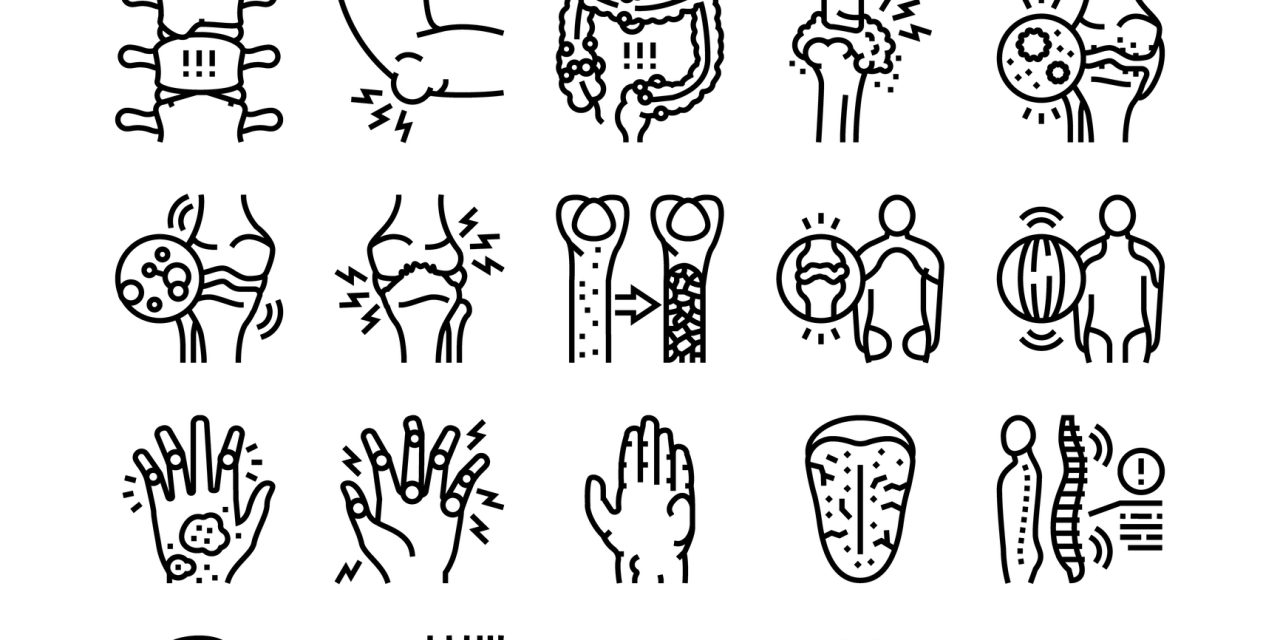Dry needling may be an effective method to alleviate pain and improve range of motion. Controversial results have been found in previous studies using dry needling in knee problems. So, the aim of current study is to exert dry needling technique on unilateral muscles around the hip and knee joints and evaluate its effects on knee osteoarthritic patients.
For this double-blind randomized clinical trial, 40 female patients with mild to moderate knee osteoarthritis (aged 45-70 years old) were recruited. They entered the study if they had any trigger points around the hip or knee joints of the examined side and randomized into two groups. Pain, sensitivity of trigger points, balance and function measured by visual analogue scale, algometer, Y-balance test, timed up and go, self-paced walk tests beside KOOS questionnaire respectively before and after intervention. The intervention group received 3 sessions of dry needling on marked trigger points while the sham group received sham treatment consisting of only the plastic cover of a needle. Both groups reexamined 2 weeks after primary evaluation.
Comparing results before and after implementing dry needling revealed significant improvements in all measured variables in treatment group whereas, pain and timed up and go increased and peak pain pressure decreased in sham group. Between group comparison revealed significant differences in all variables.
Using 3 sessions of dry needling can increase functional activity, sensitivity and balance and decrease pain in patients with knee osteoarthritis in short term.
Copyright © 2021 Elsevier Ltd. All rights reserved.
Dry needling trigger points around knee and hip joints improves function in patients with mild to moderate knee osteoarthritis.


